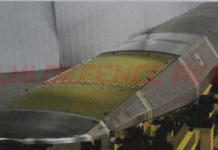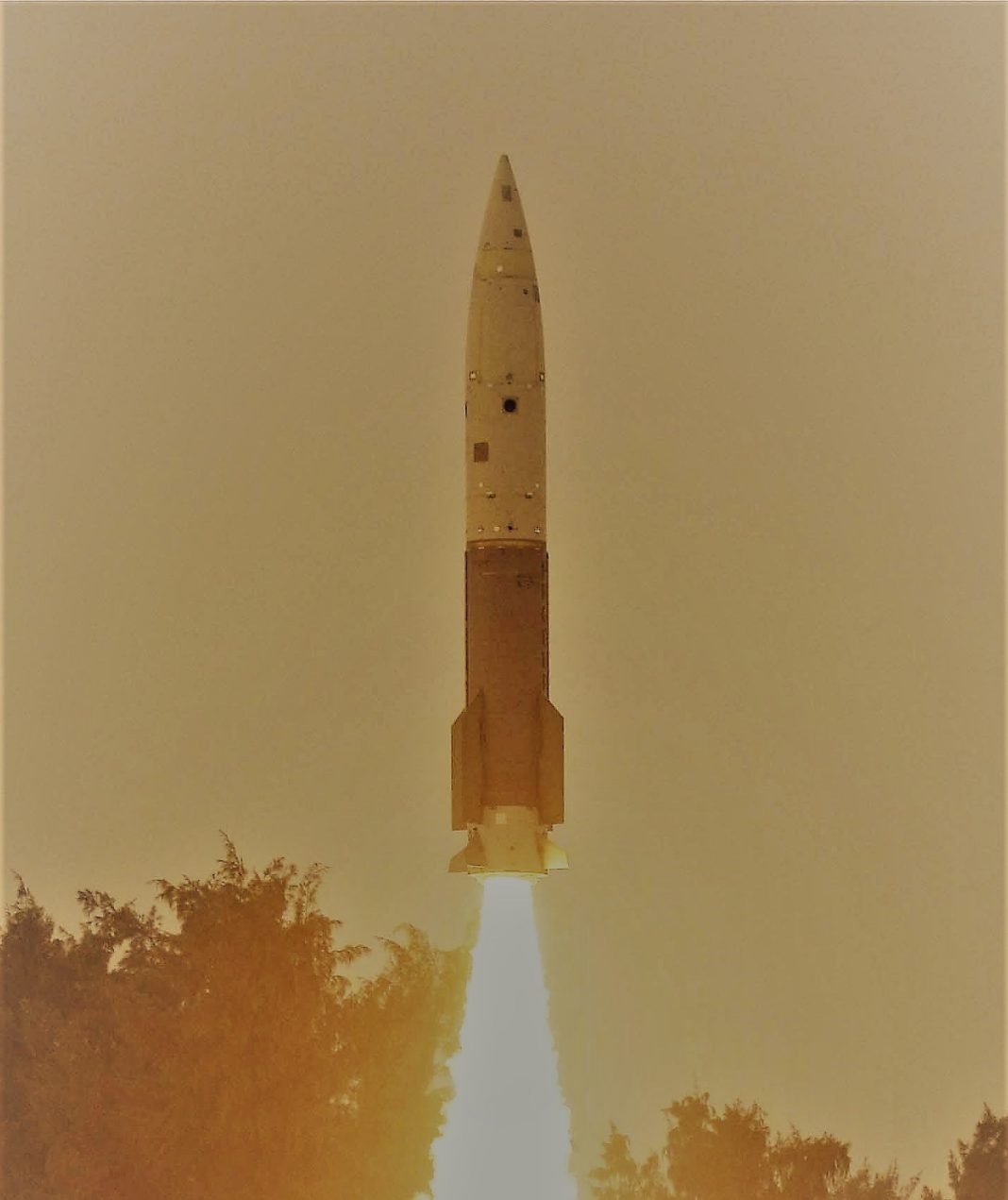Except perhaps for some Prithvi short range ballistic missile (SRBM) units, India’s pool of ballistic missiles (BMs) are essentially meant for strategic strike purposes. With China’s People’s Liberation Army Rocket Force (PLARF) fielding a sizeable inventory of conventionally armed BMs in Tibet, the Indian Army (IA) wants to deploy symmetric counters to the same. At the moment, the only means for the IA to strike targets at distances of close to 500 km is the Brahmos supersonic cruise missile (CM), which though deadly accurate, can carry a payload of only about 200 kg or so, besides being somewhat expensive. As such, the IA in recent times has felt the need for a SRBM with a range of around 500 km that can also carry a sizeable payload. It is to address this requirement that the Defence Research and Development Organization (DRDO) is currently developing a new conventional strike surface to surface missile (SSM) called the Pralay.
The project for the design and development of Pralay was sanctioned in March 2015 for a sum of Rs 332.88 crores. The lead DRDO laboratory for this project is the Research Center Imarat, Hyderabad which has now emerged as a ‘full’ systems laboratory.
The Design
Pralay is essentially a derivative of the PDV exo-atmospheric interceptor with commonality of airframe and some of the avionics as well. Like the PDV, Pralay’s propulsion system too uses solid fuels that can function in a wide range of temperatures and allow the missile to have a long shelf-life. As such, Pralay is a canisterized system that will be able to strike targets out to 500 km with a payload of around 800 kg. The canister itself is probably designed by DRDO’s Advanced Systems Laboratory.
While Pralay’s on-board inertial navigation system (INS) is capable of receiving multi-constellation satellite updates, the missile is believed to have an accuracy of sub-10 metre CEP even without updates to remove accumulated errors. With its PDV heritage, Pralay will be rather maneuverable and capable of quasi-ballistic flight profiles.
Interestingly, if both the PDV and Pralay could be produced in tandem, one could potentially experience greater economies of scale thereby bringing down costs associated with both sets of systems. In a manner of speaking, a part of the total R&D costs of Pralay have in any case been amortized by those expended on developing the PDV interceptor.
The Role
A conventional strike BM, Pralay is supposed to level the playing field for the Indian military in any engagement with the Chinese. While the Indian Air Force (IAF) has the edge in the skies over the People’s Liberation Army Air Force(PLAAF) in various sectors along the Line of Actual Control (LAC) due to the proximity of its bases to the frontier and the fact that they are in the plains, it is also true that Indian airbases are vulnerable to missile attacks by the PLARF. Waves of such attacks could put Indian airbases out of commission for some hours at a stretch and it is important that the IA is not left completely devoid of the means to attack enemy centers of gravity during those periods. Moreover, massed Pralay attacks on Chinese airbases can also serve to curtail the PLAAF’s sortie rate in certain sectors thereby levelling the playing field for the IAF.
When?
Pralay is headed into developmental flight testing at the moment and is expected to be offered for user trials by next year.
Saurav Jha is the Editor-in-Chief of Delhi Defence Review. Follow him on twitter @SJha1618
© Delhi Defence Review. Reproducing this content in full without permission is prohibited.
































